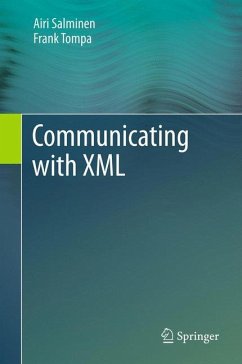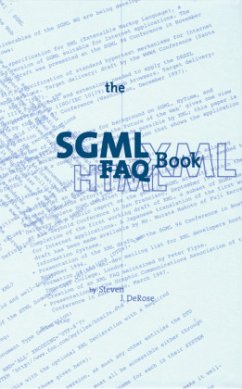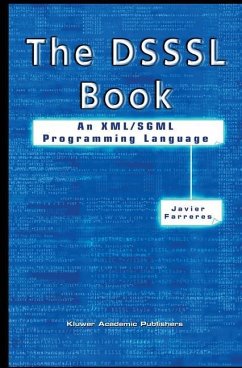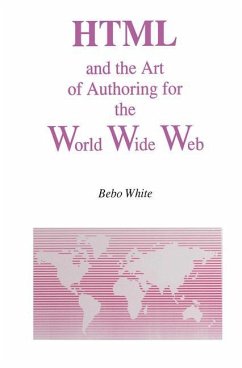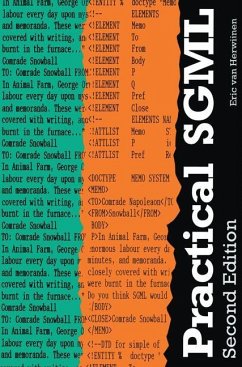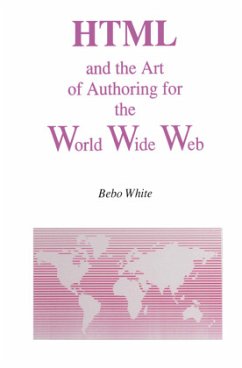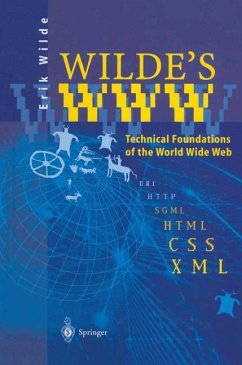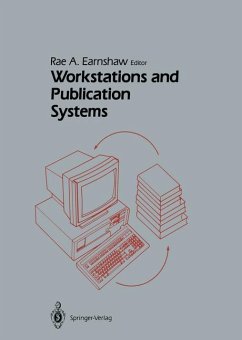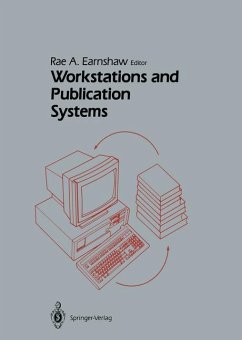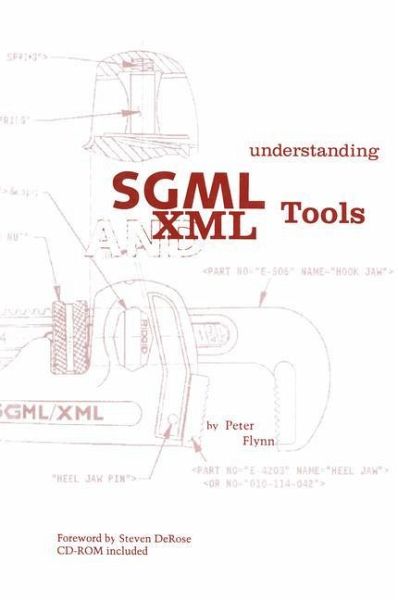
Understanding SGML and XML Tools
Practical programs for handling structured text
Versandkostenfrei!
Versandfertig in 6-10 Tagen
38,99 €
inkl. MwSt.

PAYBACK Punkte
19 °P sammeln!
Peter Flynn has been an enthusiastic and skillful contributor in the world of SGML and XML for many years, and it is a pleasure to see him set some of his expertise down in writing as well. The range and power of SGML tools have taken a sharp upward turn: the first step leading to this was that the Web came along with HTML, and showed the whole world that pointy brackets and (at least somewhat) descriptive markup could make a difference. Soon afterward, 'HTML claustrophobia' began to grow and XML came to the rescue. Since XML is fundamentally an elegant subset of SGML that reduces complexity w...
Peter Flynn has been an enthusiastic and skillful contributor in the world of SGML and XML for many years, and it is a pleasure to see him set some of his expertise down in writing as well. The range and power of SGML tools have taken a sharp upward turn: the first step leading to this was that the Web came along with HTML, and showed the whole world that pointy brackets and (at least somewhat) descriptive markup could make a difference. Soon afterward, 'HTML claustrophobia' began to grow and XML came to the rescue. Since XML is fundamentally an elegant subset of SGML that reduces complexity without reducing functionality, the movement to XML is great for SGML too. The massive interest in XML is bringing forth a huge variety of new, faster, more powerful, and cheaper software tools. Peter has caught the cusp of this change and shows in detail how SGML and XML tools fit together into integrated solutions that return value for your investment in structured information.





